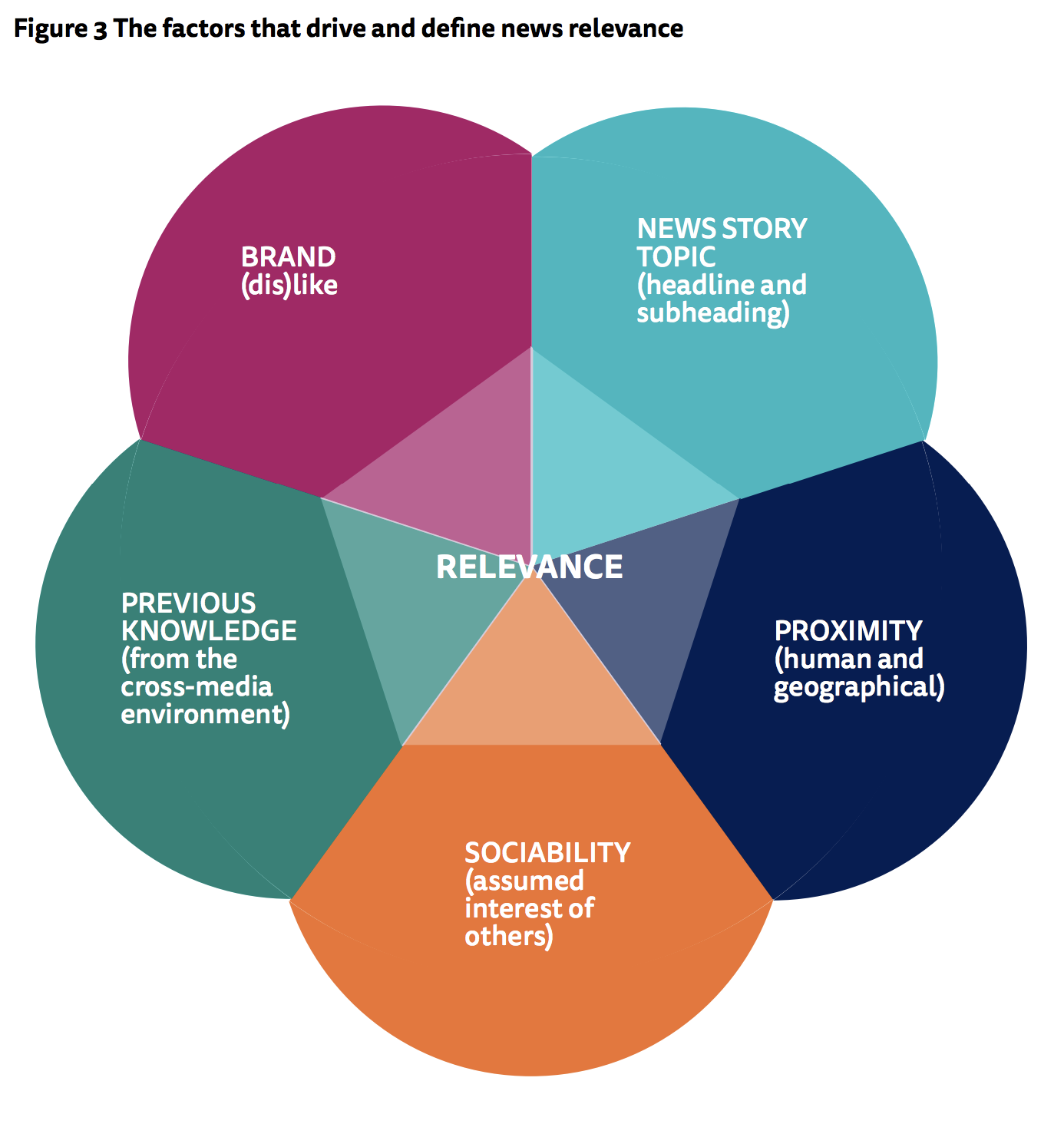
Go with your gut, not with the clicks: In a saturated media environment, news consumers most value news that is relevant to them — a factor that can’t be sussed out in a newsroom by measuring clicks, according to new research from the Reuters Institute for the Study of Journalism. (But you should still make sure you have a diverse group of guts you’re going off of.)
“People frequently click on stories that are amusing, trivial, or weird, with no obvious civic focus. But they maintain a clear sense of what is trivial and what matters. On the whole people want to stay informed about what goes on around them, at the local, national, and international levels,” wrote Kim Christian Schrøder, a professor from Denmark who spent half of 2018 at Reuters. “To the extent that journalists prioritize news stories with civic value, they should trust their instincts rather than relying on the unreliable seismograph offered by ‘Most Read’ lists.”
Schrøder analyzed the content preferences of 24 Oxford-area residents distributed across age ranges in a news-brand–agnostic test. He found that the participants ranked their article choices based on what was most relevant to them personally or to a friend or family member they could imagine sharing the information with.
Here’s the perspective of Victoria, a 21-year-old student: “I think a lot of these I’ve chosen is because of personal relevance, something that’s happened in my life or to my family, and that’s why it’s obviously more important to you, so you seek the information.” Others explained they’d share celebrity news with their in-laws or Airbnb news with their kids who use it.

The report also identifies four distinct profiles and motives of news consumers:
- People with political and civic interest in news
- People with a social-humanitarian interest in news
- People with a cultural interest in news
- People who seek (political) depth stories
So what do these consumption findings mean for newsrooms? It’s a good reminder that pageviews shouldn’t be the decisive metric and that personalization of news — still theoretical or a work in progress for most news organizations — has some merit in helping news consumers access the news that is actually relevant to them.
The BBC has tested personalization, but approaches it as adapting to each user’s perspective:The New York Times has also experimented with personalization, such as geotargeting and tweaking the homepage based on the time of a reader’s last visit.“When we use [the word] personalization people [think about] about ads following them around the internet,” BBC’s R&D lead producer Tristan Ferne said. “They’d talk about shopping sites and they felt that that jarred a bit with news, so we just decided to not use the word personalization, instead adapting the stories to you and get away from those preconceptions.” He noted that users were happy to swap personal information like ZIP codes for adjusted news, as long as the designers didn’t project a risk of FOMO…
Adapt the context, not the content: They considered experimenting with personalization by changing the way the stories were written, instead of the story selection — “we thought there might be more of a role testing writing in the journalism,” Ferne said — but ended up thinking of personalization as a way to pull in data automatically adapted to the individual user’s location or other characteristics, like with Hyperlocal.
Here’s Schrøder’s report in full.